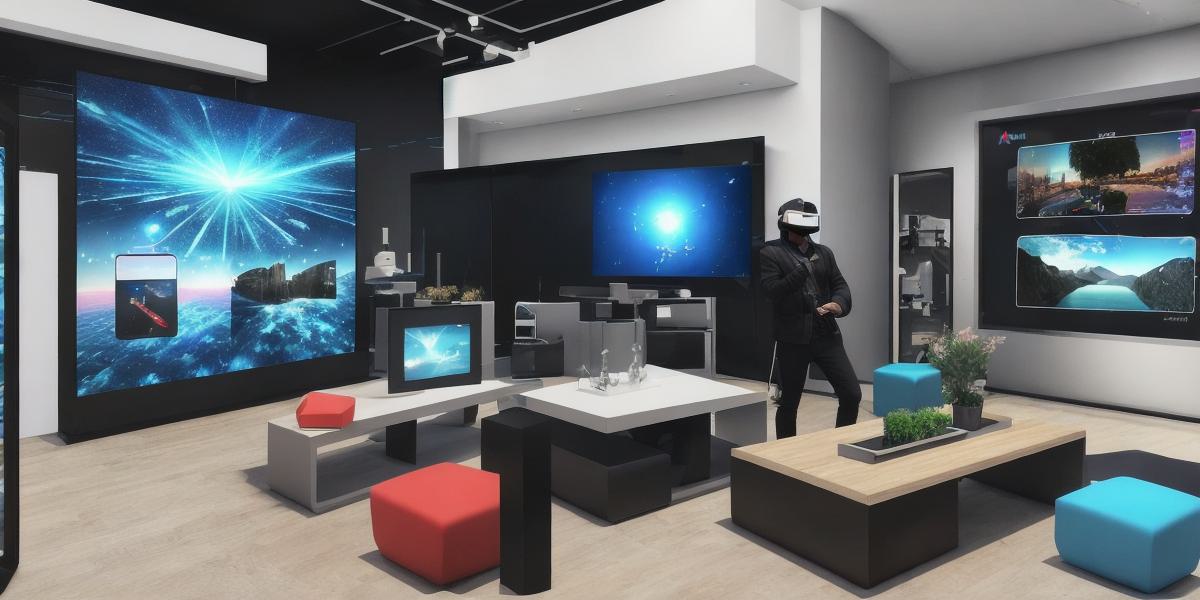As technology continues to evolve, virtual reality (VR) has emerged as a leading innovation. However, the term "metaverse" has gained significant attention in recent years. Many experts believe that the metaverse could be the next big thing in technology and VR. In this article, we will explore why the metaverse is considered the future of technology and virtual reality.
The metaverse refers to a collective virtual shared space, created by the convergence of virtually enhanced physical reality and physically persistent virtual space, including the sum of all virtual worlds, augmented reality (AR), and the internet. The term was popularized by author Neal Stephenson in his science fiction novel "Snow Crash," published in 1984.
One of the main reasons why the metaverse is considered the future of technology and VR is its ability to create immersive experiences. With virtual reality, users can experience a simulated environment as if they were really there. However, the metaverse takes this concept to the next level by allowing users to interact with each other in a shared virtual space. This creates a more realistic and engaging experience for users.

Another reason why the metaverse is considered the future of technology and VR is its ability to connect people from all over the world. With the metaverse, users can join virtual events, meet new people, and collaborate on projects without ever having to leave their homes. This not only saves time and money but also allows for more diverse perspectives and experiences.
The metaverse also has the potential to revolutionize industries such as gaming, education, and healthcare. In the gaming industry, the metaverse can provide users with a more immersive gaming experience, allowing them to interact with each other in real-time. This creates a sense of community that is not possible with traditional gaming platforms.
In education, the metaverse can be used to create virtual classrooms where students can learn from experts and each other without leaving their homes. This not only saves time and money but also allows for more personalized learning experiences.
In healthcare, the metaverse can be used to create virtual consultations, allowing patients to interact with doctors and receive medical advice in real-time. This can be particularly helpful for patients who live in remote areas or have mobility issues.
One of the biggest challenges facing the metaverse is the lack of standardization. Currently, there are many different platforms and technologies used to create virtual environments, which makes it difficult for users to interact with each other across different platforms. However, experts believe that as the technology continues to evolve, we will see more standardization and interoperability between different platforms.
In conclusion, the metaverse is considered the future of technology and virtual reality because of its ability to create immersive experiences, connect people from all over the world, and revolutionize industries such as gaming, education, and healthcare. While there are still challenges to overcome, the potential benefits of the metaverse make it an exciting prospect for the future of technology.




